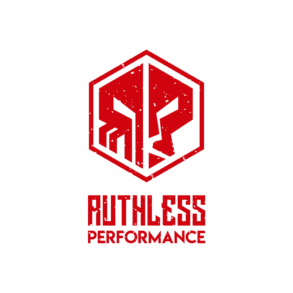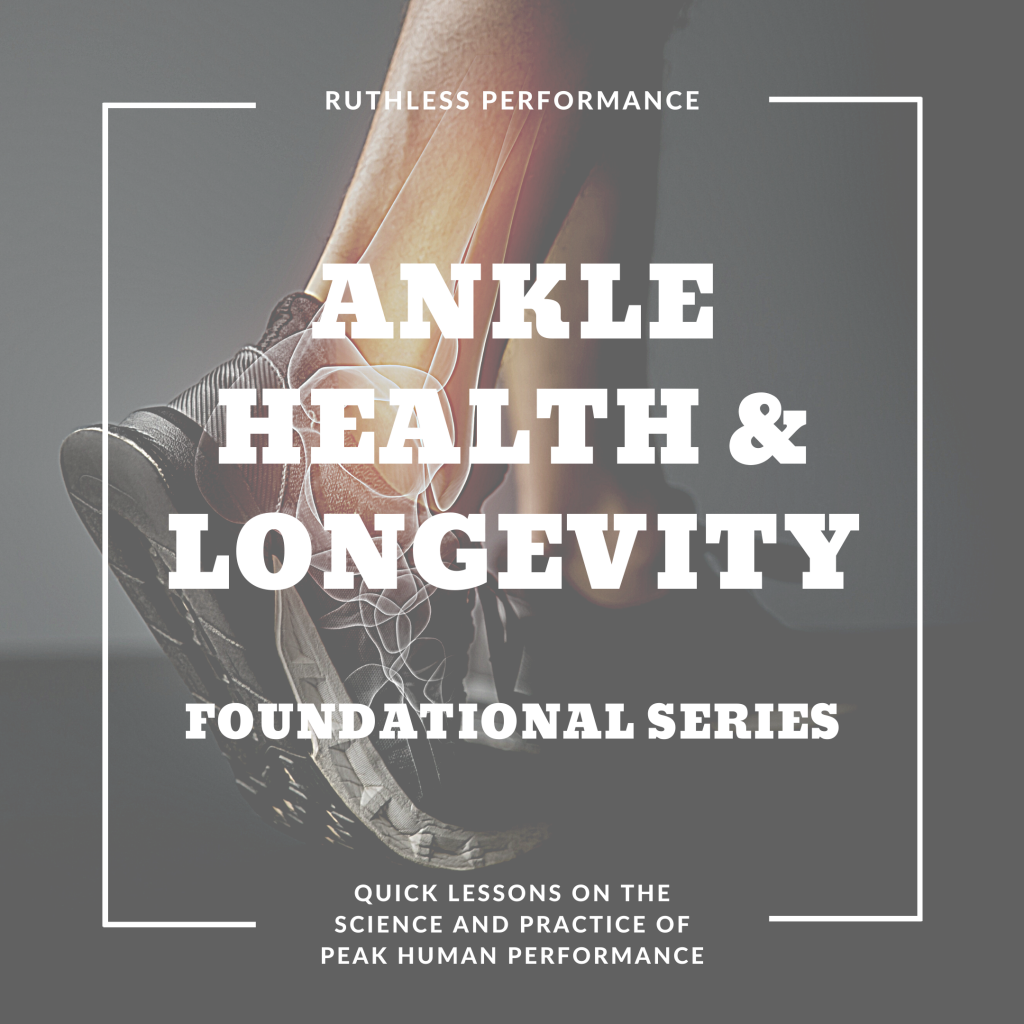There’s hundreds of reasons why ankle health should be a top priority in your training routine. If you’re a hunter, heavy, restrictive boots hinder your ankle mobility. If you’re a swimmer or dancer, you likely spend most of your time practicing in plantarflexion and almost no time in dorsiflexion.
Though these may seem like unusual examples, all three of these are populations we train at Ruthless and all three are in serious need of ankle work. But even more broadly outside of these few domains, ankle work needs to be a priority.
Ankle training won’t be the keystone that pulls your life together, fixes your marriage, or gets you drafted into the NFL; but the very fact that the ankles get so neglected–compounded by the fact that all of your force into the ground needs to be transmitted through the ankles means that you should be doing at least something to help them help you.
Here are a few quick thoughts on making your ankles and lower legs less injury prone…
Antagonist Training Still Counts
The tibialis anterior is an integral part of the lower-leg complex. Making the tib stronger will fulfill a variety of goals including improving running economy, reducing shin splints, and even making the calves bigger.
This is why we love the Banded Tib Raise corrective exercise…
In fact, I originally took this corrective from bodybuilder John Meadows. Meadows recommends these as a way to get calves to grow and claimed to use these to add inches of mass to his calves. His theory on this is summed up in-short as muscles are limited in their capacity for growth by their antagonistic muscle. So with the calves, the tib may be inhibiting calf growth. I’ve used these personally with some success in adding some size to my calves, but there’s more reasons than just size.
For a quick video of the tib raise, visit our Instagram Page. The set up is very easy and can be done almost anywhere. Shoot for sets of 25-50 per leg or a weekly total of up to 250 reps per leg.
The tib also plays a role in the resting position of the foot. Greater tension in the tib, means greater tension throughout the support structures of the feet.
Footwear Can Hurt You As Much As It Can Help You
Many times shoe designers unfortunately focus on aesthetics and style rather than joint kinematics or function. High heels should be kept to an absolute minimum (if they are at all needed). Shoes without a heel-to-toe drop, or without an angle from a heel down to the toes are preferable.
If you’ve been using heeled shoes for the majority of your life, you may have soft-tissue limitations preventing your rapid adoption of flat shoes. Work into their use slowly. Start with wearing them at home, then for minor errands, then for workouts. Implement them with caution and over a long enough timeline.
It Might Not Be The Ankles
If you have a poor squat, it may not be your ankles holding you back. During our extensive injury prevention analysis and assessments of over 300 CrossFit athletes, we’ve found that athletes who suspect their ankles are a limiting factor in squat depth were actually more likely to have hip or thoracic spine limitations preventing deeper squats.
The ankles are an easy scapegoat but in a squat there’s a handful of reasons as to why the barbell path can’t stay in line with the center of the ankles. If the spine can’t freely bend to maintain the bars relative position over the ankles, you’ll fall over or miss depth.
Ankles Are Your Base
Ankle training is going to make you a better athlete plain and simple. Incorporating simple mobility drills in your training is an easy way to fill space between your main exercises without leaving you gassed and unable to lift heavy.
Ankle mobility also allows you to jump higher, land better, move quietly, and preserve your knees. Are you giving them the care they need?


Pingback: Featured Fitness Content: Volume 69 – Ruthless Performance
Pingback: Training for a 46-Mile Speed Ascent of Utah’s Highest Peak – Part II – Ruthless Performance